Skeuomorphs.
The Most Familiar Thing You've Never Heard Of.

I always purchased books online, probably more than I should. In the last year, as with most of us, online shopping has been my saviour. Packages of pleasure arrive at the front door, usually within a day—just the right amount of time before I become impatient. There is always exciting as the little package arrives bundled with the joy of unwrapping. Pue, simple pleasure and regular dopamine hit. I highly recommend it.
Last week, whilst buying a book, I sent it to my shopping cart, and I wondered why the place we register our purchases looks like a supermarket trolley? I understand the concept of filling up a trolley and going to the check-out, of course, but, given the digital age, why a supermarket trolley?
Well, it gets worse (or better if you like). When I pick up my phone to make a call, the symbol that asks me to click (even click is a misnomer) represents a classic 1960s phone. When I want to record a video on my phone, I see an old-fashioned video camera icon. If I were a millennial, would I even know how a rotary dial works, let alone a video camera?
So, I take a photo with my phone, and it clicks to let me know that the picture has been taken. It doesn’t need to click, but for me, and obviously, most people, there is something reassuring about something familiar with how things used to be. This is what, in the design world, is called a skeuomorph.

Definition.
A skeuomorph is an ornament or design on an object made to resemble another object, material or technique. Skeuomorphs are deliberately used to make us feel comfortable with something new by using something we already know. It is a connection with our past so that the future (actually the present) doesn’t look too different. They contain cultural references that we are familiar with that usher us into a world of new technologies.
For instance, there is absolutely no need for a keyboard to make any noise; it would function perfectly without the tactile and sound sensations. We keep the standard format of the qwerty arrangement of keys on the keyboard even though it was initially developed so that typebars or strikers of frequently used letters wouldn’t catch each other when typing fast.
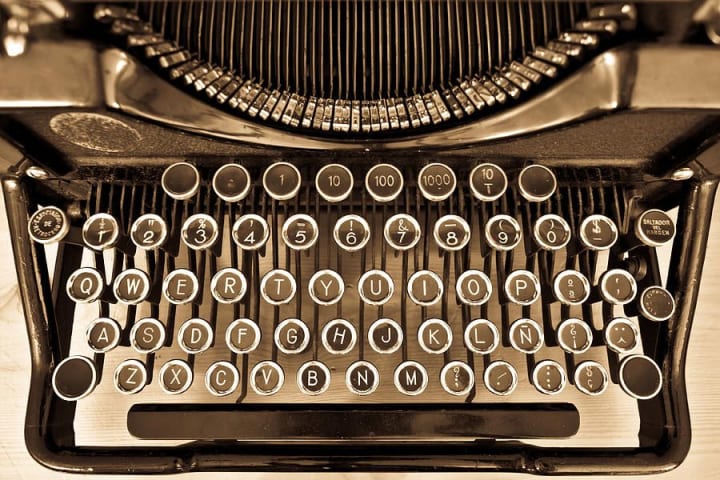
Skeuomorphs are not a digital age product; they have been used by designers for millennia to form a connection with the past to the present.
Many of the features that we take for granted on their stone pediments were initially derived from timber functionality in ancient Greek buildings. The Triglyphs and Guttae were initially derived from the beams ends and the wedges hammered in to adjust their positions. We still use some of these references today.

Affordance.
Don Norman, in his book, The Design of Everyday Things, views skeuomorphs as cultural constraints. We interact with a system that is learned through culture. Based on familiarity with appearance, we can tell what an object does; form (or rather familiarity) follows function. This he called “Affordance”, a term originally coined in 1966 by James J. Gibson. Affordances are what something, an object or an opportunity, offers to the user; the environment’s suitability to the observer or user. We change and adapt to our environment to change its “affordances” to better suit us. This means that affordance is dependent not only on its physical capabilities but also on our goals, beliefs, past experiences and intentions.
This is important for any design; it has to communicate what it is capable of in conjunction with its user. So, where there is a familiar symbol, like the shopping cart, I can better understand its past experience and association. Familiarity is essential, even in new technologies and where form no longer follows function.

Familiarity.
Familiarity in this context is a synonym for cultural references. Skeuomorphs help make the bridge between what we already know and are familiar with and what we don’t yet know but want to learn. This is why skeuomorphs are so familiar with digital technologies. They help us to make the connection from where we are and what affordance the technology may provide.
While perhaps not as pure as some designers would like, familiarity allows us to feel comfortable in a learning experience by taking us step-by-step. We progress in our learning by leap-frogging our existing collective cultures. As Newton said, “standing on the shoulders of giants”.

The Digital World
Within the digital world, skeuomorphs are used in software to mimic a real-world counterpart. The trash can, a visual reference to an actual bin, is still used today to let us know that this is where we send folders and files that we want to delete. It’s a visual metaphor that helps our understanding.
The save icon refers to a floppy disk that is no longer used, but we are used to the symbol, and so it remains. For a while, skeuomorphs were used in computer interfaces so that functions could be more intuitive to the user.
This saves mental energy in working out how things work and what they do. They have helped us through the learning curve of using new technologies.
However, for the generation that has grown up not knowing a world without computers, these visual metaphors may no longer be necessary.

Flat Design
There was a movement away from skeuomorphism to what has been called “flat design”—a clearing out of a lot of visual clutter to achieve better visual clarity. Icons became tiles, graphic symbols, or logos delivered in written or graphical formats—a more minimalist approach to design.
However, what transpired was just a graphic simplification and flattening of design from “realistic” images to representations or symbols.
You can see this clearly in the Instagram logo, which used to have a camera image as its icon and has now shifted to a slightly more abstract graphic but still representing a camera.

Association
We have pattern-making and associative minds. We assemble knowledge based on its usefulness to existing knowledge and our intent. We string together pieces of information and render it down to a connection, hook or relationship between one thing and another.
The past serves the present, and we build knowledge based on what we know, collectively or individually.
When we associate one thing with another, we make a meaningful connection. Memory also works best when we employ association, linking one thing with another.
Association and unusual connections are some of the hallmarks of a creative mind. Often, we solve problems or make them more accessible by thinking about them in terms of something else, but we can only make those connections by stepping just beyond what we already know.
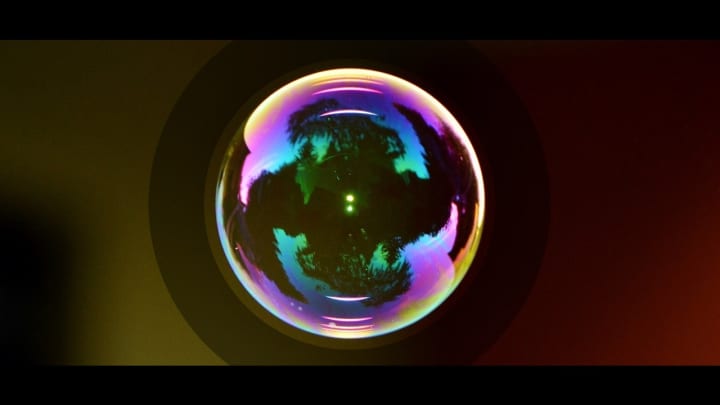
The Adjacent Possible
Steven Johnson coined the phrase “The Adjacent Possible”. He meant that we can only create new ideas that have value if they are just on the horizon and a little beyond what we already know. The richer our culture at the edge of the horizon, the richer our ability to find creative solutions to problems. “
“The adjacent possible is a kind of shadow future, hovering on the edges of the present state of things, a map of all the ways in which the present can reinvent itself … captures both the limits and the creative potential of change and innovation.”
Skeuomorphs are the baggage we carry with us to help us use less mental energy to get to where we want to go.
Suppose we were to bring a neanderthal adult to our contemporary world. In that case, there is very little chance that they would be able to engage and understand our world because they will be missing all the collective culture that we have accumulated through the millennia.
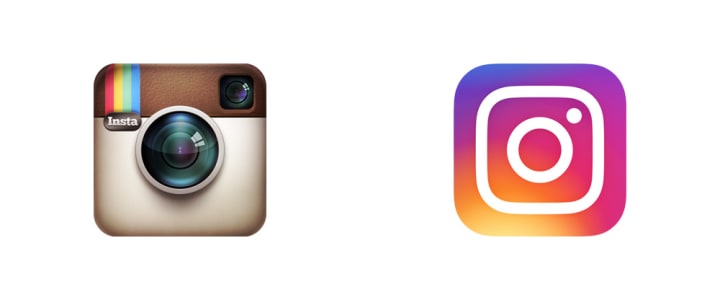
Summary - Conclusion
Skeuomorphs may be dressed up as representational images or graphic symbols in digital or physical formats; they nevertheless play an essential part in how we can engage with technology and how we learn.
A shopping cart may be a clunky image, but I know what to do with my virtual goods. A trash can may only be representative, but I know where to put my discarded articles.
My chandelier has “candle” lamps in it. My car has “spoke” on it. My emails are packed and dispatched in a symbolic envelope.
Familiar works for me.

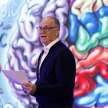
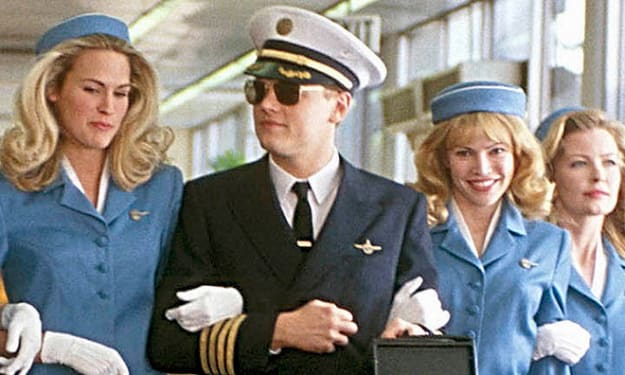



Comments
There are no comments for this story
Be the first to respond and start the conversation.